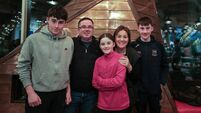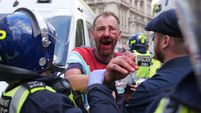Exhibition to reveal how virtual reality can save the lives of cancer patients
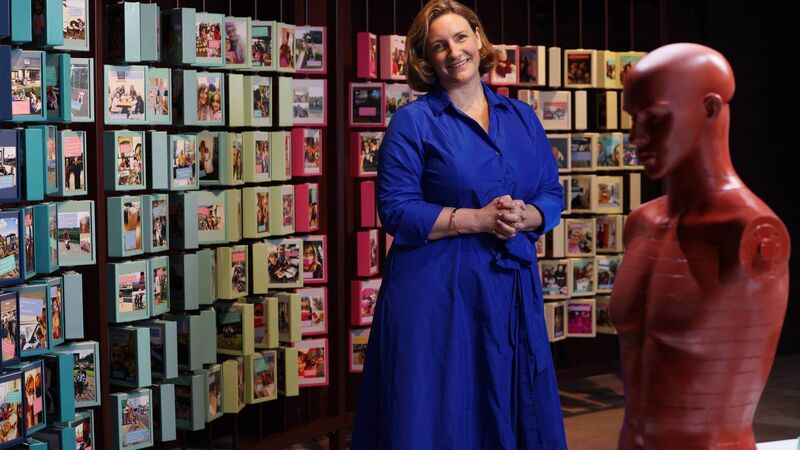
Orla Dolan, CEO at Breakthrough Cancer Research, at the exhibition Cancer Revolution: Science, Innovation and Hope. She said: 'The use of virtual reality to map tumours in 3D opens up exciting new possibilities for diagnosis and treatment.'
Virtual reality technology involving interactive 3D cancer tumour models which could “ultimately save lives” is on show this Wednesday at the Cancer Revolution exhibition.
Changes in how breast cancer and glioblastoma brain cancer are understood have already come from this project.
The overall exhibition, hosted by Cork charity Breakthrough Cancer Research, gives the public a look at lifesaving advances and groundbreaking technology in cancer care.
Professor Greg Hannon, director of the Cancer Research UK Cambridge Institute, said this VR (virtual reality) approach means they can see cancer in more detail than ever before.
“In VR you can walk through the tumour, examine how cancer cells are interacting with their neighbours, and even simulate how they might respond to treatment,” he said.
It could lead to improved diagnosis, personalised treatments and “ultimately saving lives”, he added.
The IMAXT technology works by merging images of cancer tumours with molecular data such as genetic sequencing to create digital landscapes. Each sample makes as much data as 1,000 MRI scans.
Prof. Hannon said up to now cancer research was based on slices of tissue and static data-sets.
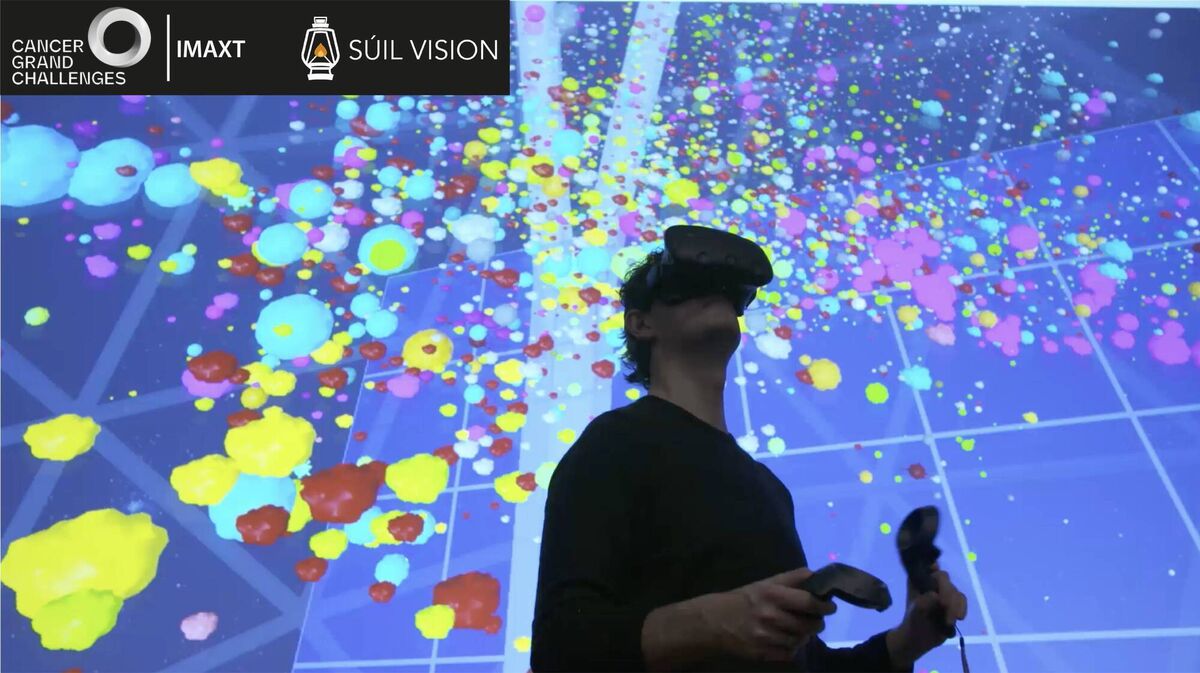
“With IMAXT, we’re turning that approach on its head, and building fully immersive, interactive 3D models of entire tumours at the single-cell level,” he said.
The project team includes biologists, data scientists, astronomers, and game designers.
A presentation and live demonstration runs on Wednesday. The charity invited visitors to “step into the future of cancer science”.
Breakthrough Cancer Research CEO Orla Dolan said this project shows how innovation can lead to changes in understanding of cancer.
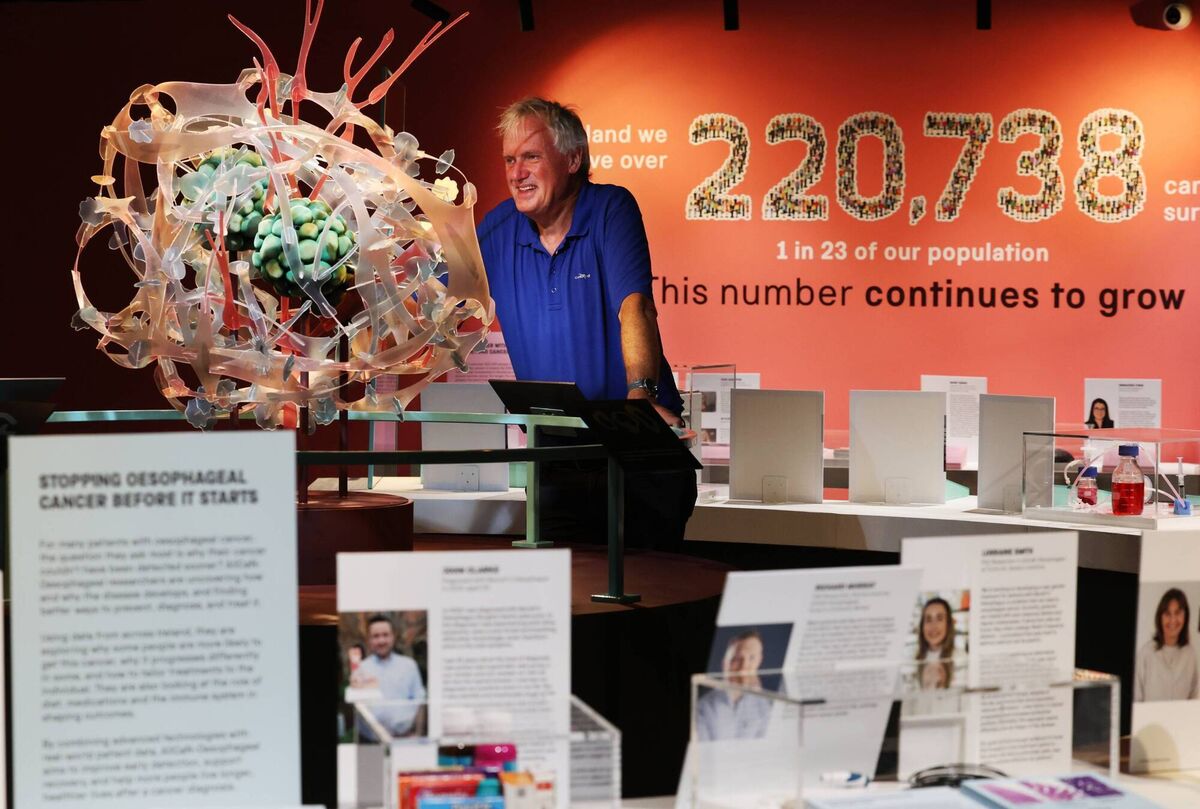
“The use of virtual reality to map tumours in 3D opens up exciting new possibilities for diagnosis and treatment,” she said.
This “brings us one step closer to better outcomes for people with cancer", she added.
The exhibition is free to attend at Stephen’s Green shopping centre in Dublin. Email registration is required for the VR event via: exhibition@breakcancer.ie.




